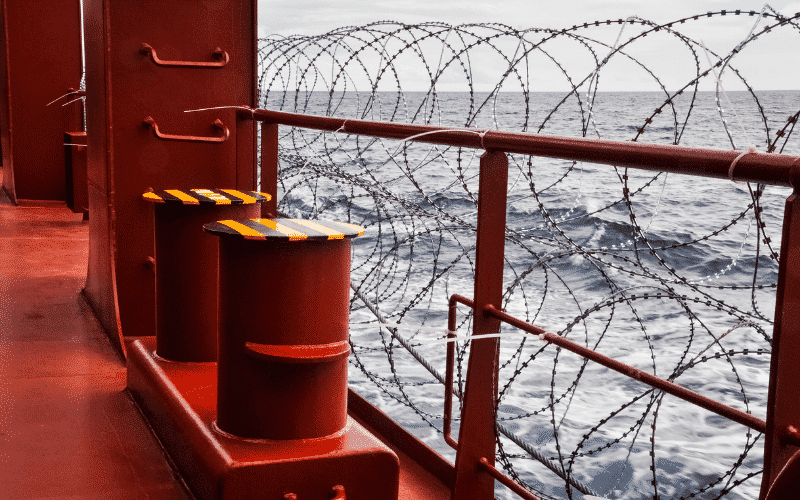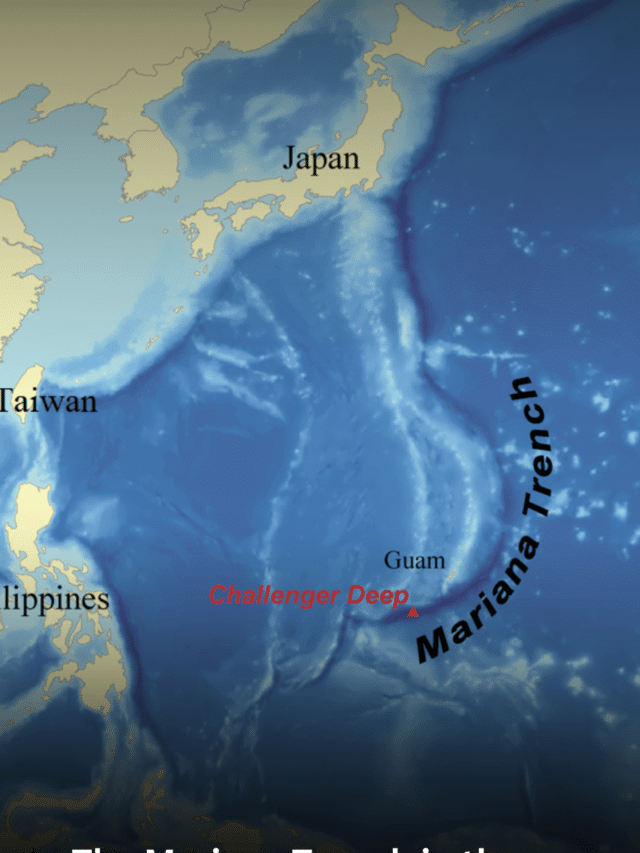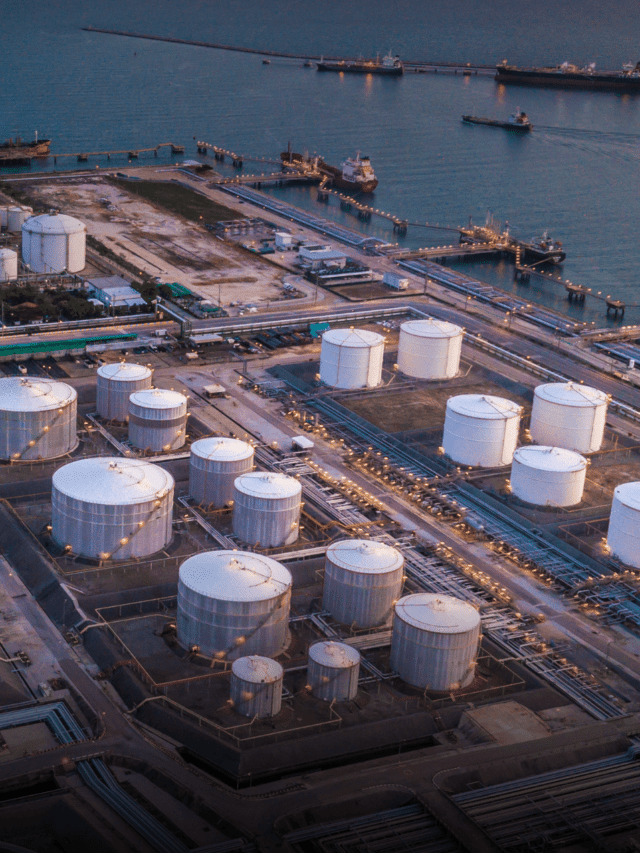10 Maritime Piracy Affected Areas around the World
The threat of maritime piracy has mushroomed enormously in the past few years. The news channels on a daily basis have a new incident to report about pirates attacking a crew and looting the vessel or hijacking a ship, and even causing harm to the crew when their ransom demands are not met by the authorities.
The spread of sea piracy, in contemporary times, is not restricted to one particular sea area or zone. It has become rampant in almost each and every part of the world.
Detailed below are 10 piracy affected areas where the terror and threat of sea pirates have reached looming proportions:
1. Malacca Straits: Located in the Indian Ocean, the Strait of Malacca has been a very prominent area affected by marine piracy. Since the Strait forms a commercial getaway for the Suez Canal, Egypt and Europe, in addition to being one of the most important Indo-Sino marine navigation routes; the area is susceptible to high incidences of maritime piracy.
However collaborated efforts amongst the Indonesian, Malaysian and Singaporean authorities are being carried out to reduce the piracy incidents in this part of the world.
2. South China Sea: Mostly Malaysians or Indonesians, the marine pirates in the South China Sea are regarded to be amongst the most dangerous pirates who ply their nefarious activities. The South China Sea piracy occurs in the Malaysian water area leading to a cause of concern for authorities in the country.
3. Gulf of Aden: The entrance to the Red Sea, the Gulf of Aden is another affected piracy sea area. The Gulf forms an important trading route leading into the Suez Canal and is geographically well-positioned with anarchic Somalia.
The Somali sea pirates wreak havoc in this navigational route causing a lot of problems for authorities and shipping conglomerates across the world.
4. Gulf of Guinea: An emerging area of piracy activities, the Gulf of Guinea spans a major portion of North-Western and Southern Africa (Angola). It is a very important trade route for crude oil tankers to the European and American continents, making it an appropriate target for the wrongdoers.
As per the International Maritime Bureau (IMB) statistics, so far there have been reported 27 attacks, though in the absence of a proper definition of the term ‘piracy’, it has been speculated that many attacks may go unreported.
5. Benin: Benin in Africa is yet another geographic area infested with marine pirates. The area has been listed as one of the high-risk areas in terms of marine shipping. The IMO has taken various steps to counter maritime piracy in this piracy affected area, though positive results are yet to be seen.
6. Nigeria: Nigeria in the Western part of Africa is regarded to be a hive of piracy activities. The threat of piracy is so high in the region that it has been rated as being one of the riskiest areas for marine cargo transportation. The factor of the security cover provided by the Nigerian naval authorities is also lacking, leading to an increase in sea piracy in this area.
It has also been reported that due to extensive piracy threat, shipping through the entire marine belt of West Africa requires a heavy high insurance cover for the goods thus being transported.
One of the major points of distinction between the incidents of marine piracy occurring in the Western part of Africa and Somalia is that the pirates operating in West Africa operate at a much lower level when compared to their Somali counterparts.
7. Somalia: The main reason for marine piracy occurring at mammoth proportions in Somalia is because of extreme poverty in the region caused due to civil war, government ineffectuality and vast dumps of marine wastes – toxic in nature – existing in the Somali sea-waters. Because of piracy, there have been other problems in the form of fast-increasing premium rates for insurance policies.
Maritime piracy in Somalia is a cause of international concern as the people of the country have come to believe that piracy is the only option available to them to ward off poverty and other constraints plaguing them.
8. Indonesia: Indonesia is also amongst the highly affected piracy areas in the world. Some of the areas that are targeted by the sea pirates are the Anambas, Natuna and the Merundung Islands, where pirates have been reported to attack ships during nighttime as opposed to in the daylight. The Indonesian authorities’ punitive response to the captured pirates in the country is also very lackadaisical raising major concerns across the world.
9. Arabian Sea: The Gulf of Oman is one of the areas in the Arabian Sea which has been targeted repeatedly by sea pirates. However, international organisations and authorities have downplayed the extent of security cover to be provided by them in these areas, as compared to the ones offered in piracy infested areas like the Gulf of Aden and the Somali coasts.
This is mainly because of limitations in the available naval resources to act as an effective cover and because of the position of the area geographically.
10. Indian Ocean: The waters of the Indian Ocean are also falling prey to the acts of sea pirates. These pirates hail from the ravaged nation of Somalia and have been causing problems to Indians as well as ships hailing from other countries. The Indian Ocean is an unavoidable marine navigation route, thereby highlighting the nature of the problem far more starkly.
Marine piracy is a crime that needs to be addressed without any delay. The international maritime committees and organisations are doing their share of shouldering the responsibility, but in the absence of a positive and responsible internal government, executing justice becomes quite difficult.
This leads to a greater spread of piracy sea activities. In the best interests of not just the trading community but also of the lives involved – both the crew as well as the circumstance-turned-pirates – proactive action needs to be taken.
You may also like to read – 10 Most Famous Pirates of the Marine World
Disclaimer: The authors’ views expressed in this article do not necessarily reflect the views of Marine Insight. Data and charts, if used, in the article have been sourced from available information and have not been authenticated by any statutory authority. The author and Marine Insight do not claim it to be accurate nor accept any responsibility for the same. The views constitute only the opinions and do not constitute any guidelines or recommendations on any course of action to be followed by the reader.
Do you have info to share with us ? Suggest a correction
Subscribe To Our Newsletters
By subscribing, you agree to our Privacy Policy and may receive occasional deal communications; you can unsubscribe anytime.
Web Stories










Strange post.
Basically, the alleged 10 piracy areas are only 3:
1-2-8. Malacca Straits – South China Sea – Indonesia: mostly Indonesian pirates.
3-7-9-10. Gulf of Aden – Somalia – Arabian Sea – Indian Ocean: mostly Somali pirates.
4-5-6. Gulf of Guinea – Benin – Nigeria: mostly Nigerian pirates.
Reversely, I expected to see a few other areas mentioned:
around India/Bangladesh; the Caribbean; Brasilian ports.
Dear all,
I am Marad Beridze from Georgia. I am looking for security job in your company. I have war experience, and I was bodyguard. Also I worked for antipirate security system for ship.
I was in iraq 3 times, and I left it after finishing contracts.
Please feel free to contact to me.
I have all necessary document you may need.
Thank you in advnace,
Your’s
Marad Beridze
2. South China Sea: Mostly Malaysians or Indonesians, the marine pirates in the South China Sea are regarded to be amongst the most dangerous pirates who ply their nefarious activities…
SCS are mostly Robbery cases right? As opposed to the hostage and killings by the Somali and African pirates.
Are private yachts attacked from the Suez channel direction along the coast toward Thailand and where?